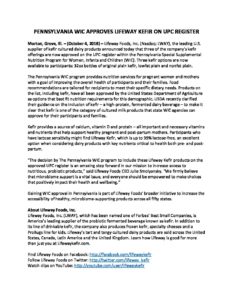

In 1609, English sea captain and explorer Henry Hudson was hired by the Dutch East India Company (VOC) located in Amsterdam to find a Northeast Passage to Asia, sailing around Scandinavia and Russia. In the Americas, the English had a settlement at Jamestown, Virginia, the French had small settlements at Port Royal and Quebec, and the Spanish were developing colonies to exploit trade in South America and the Caribbean. The Republic of the Seven United Netherlands had become a home to many intellectuals, international businessmen, and religious refugees. Simultaneously, philosophical and theological conflicts were manifested in military battles throughout the European continent. Nations vied for domination of lucrative trade routes around the globe, particularly those to Asia. Map of New Netherland and New England, with north to the rightĭuring the 17th century, Europe was undergoing expansive social, cultural, and economic growth known as the Dutch Golden Age in the Netherlands. Not including Native Americans, the colonial population, many of whom were not of Dutch descent, was 1,500 to 2,000 in 1650, and 8,000 to 9,000 at the time of transfer to England in 1674. The inhabitants of New Netherland were European colonists, Native Americans, and Africans imported as slave laborers. In 1673, the Dutch retook the area but relinquished it under the Treaty of Westminster (1674) that ended the Third Anglo-Dutch War the next year. The Dutch surrendered Fort Amsterdam on Manhattan island to England in 1664 (formalized in 1667), during the Second Anglo-Dutch War. The colony experienced dramatic growth during the 1650s, and became a major port for trade in the north Atlantic Ocean. The settlement of New Sweden by the Swedish South Company encroached on its southern flank, while its eastern border was redrawn to accommodate an expanding New England Confederation. The invasion was slowed at first because of policy mismanagement by the WIC, and conflicts with Native Americans. The colony was conceived by the Dutch West India Company (WIC) in 1621 to capitalize on the North American fur trade. The claimed territories extended from the Delmarva Peninsula to southwestern Cape Cod, while the more limited settled areas are now part of New York, New Jersey, Delaware, and Connecticut, with small outposts in Pennsylvania and Rhode Island. Please check out the full, downloadable white paper.New Netherland ( Dutch: Nieuw Nederland Latin: Nova Belgica or Novum Belgium) was a 17th-century colony of the Dutch Republic that was located on what is now the East Coast of the United States. WHAMglobal recently developed a White Paper that explores WIC Program best practices from across the country and the Commonwealth and strategies that can be implemented to support and grow the WIC Program. Since funding is tied to participation, declining enrollment has meant reductions in federal WIC funding to Pennsylvania. On average, Pennsylvania WIC reaches 49.9% of eligible individuals. are participating in the program, and only about one-third of eligible four-year-olds participate.

While the WIC Program plays a significant role in maternal and child health outcomes, the USDA estimates that only 60% of WIC-eligible families across the U.S. WHAMglobal shares common concerns about the declining enrollment and stigma associated with the WIC Program in Pennsylvania. By providing nutritious supplemental foods, breastfeeding promotion and support, education on healthy eating, and referrals to health care and critical social services, WIC not only helps to assure healthy pregnancies and birth outcomes for women, it also helps to assure healthy growth and development for infants and children up to age five. The Special Supplemental Nutrition Program for Women, Infants, and Children, known as the WIC Program, has been a cornerstone in efforts to support the health of mothers and babies – physically, socially and mentally – for 45 years. Highlighted innovative best practice models from across the country that have proven effective during the COVID-19 pandemic and identified strategies to advocate and apply these best practices in the different regions of Pennsylvania.Ĭlick here to view the overview and materials.

Pennsylvania WIC Stakeholders Collaborative Summit


 0 kommentar(er)
0 kommentar(er)
